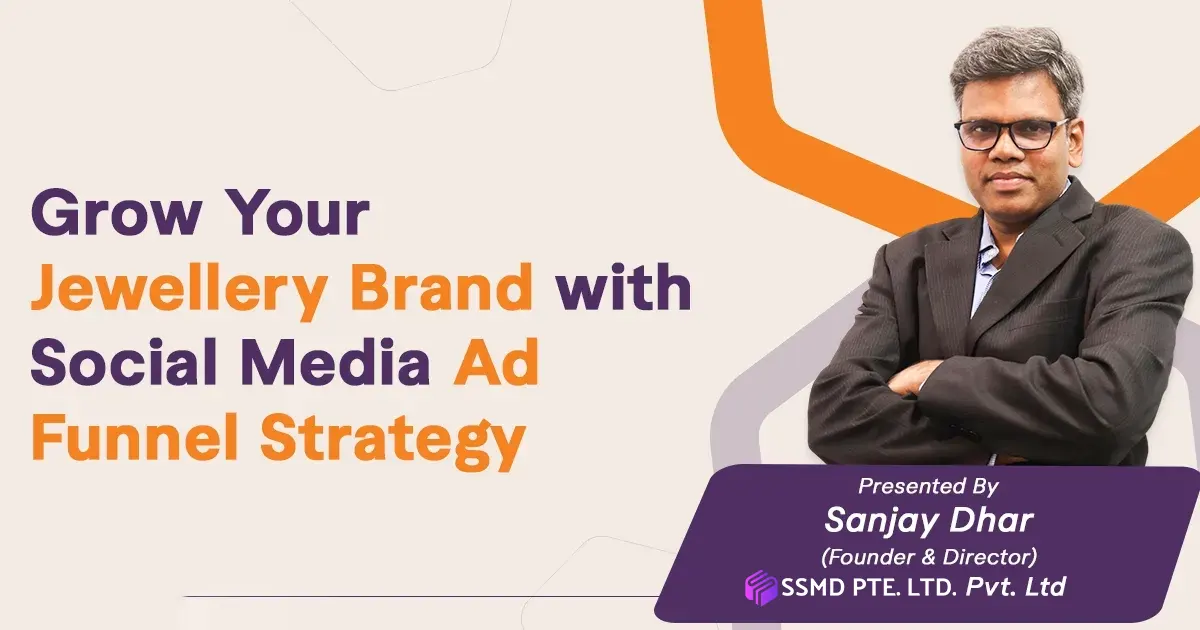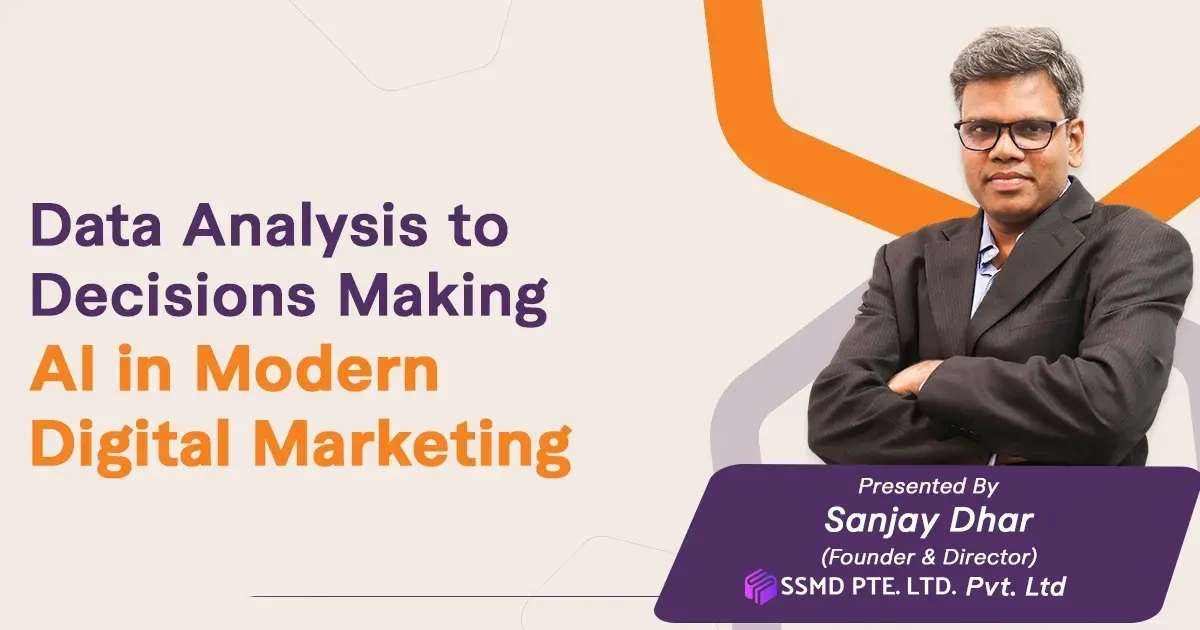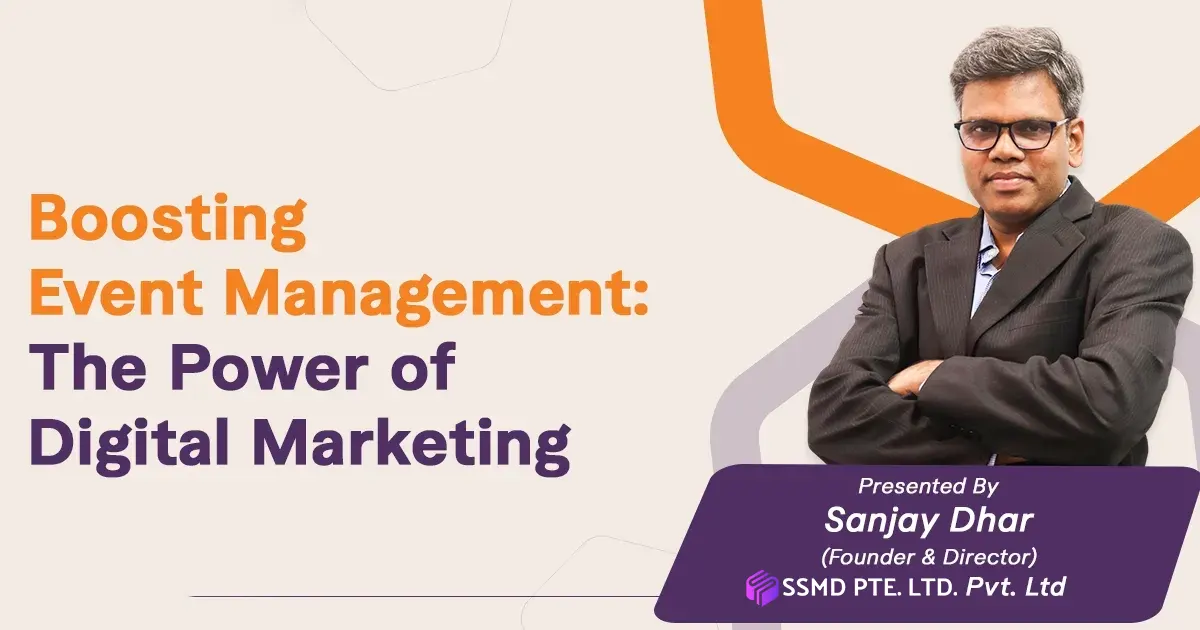Best SSMD Marketing Strategies & Practices for Healthcare Industry
Doctors and health professionals can now use digital marketing to promote their services to a larger audience than just their local area. Health professionals can use digital marketing to showcase their expertise to potential patients, expand their professional territory, and improve their reputation.
The value of digital marketing in the delivery of healthcare services cannot be underestimated. Now might be the moment if you haven’t yet implemented this strategy. This blog explains the advantages of investing in digital marketing for healthcare and the best tactics to use to achieve the best results.
SSMD Marketing in the Healthcare Industry: Best Marketing Strategies & Practices
What Role Does SSMD Marketing Play in Promoting a Hospital?
Hospitals can benefit from digital marketing in a variety of ways. Let’s look at the main reasons for this:
1. Potential Patients Hang a Round Online
As the popular saying goes, ‘fish where fishes abound.’ Everyone today, including your potential patients, lives in a digital world. According to statistics, the majority of successful healthcare deals began on the internet. A significant percentage of the US population uses the internet to hunt up health-related information.
2. Use of Mobile Devices is Increasing
Many individuals, notably millennials, now rely on their smartphones to get information. Everything from the most recent football score to the newest supplement in town may be found here. Taking advantage of this new trend could be a game-changer for digital healthcare marketing.
3. Everything is Tracked Using SSMD Metrics
SSMD metrics are robust because they can track any information, trend, or event that will help you run a successful campaign in the long term.
4. Ability to Focus on Specific Demographics
Hospitals can segment campaigns to target local communities, suburban areas, and specific healthcare territories using digital marketing, making reaching out to the target demographic easier.
5. The Majority of Potential Patients Value Reputation
Healthcare services can use digital tools to show professionalism, reputation, and dependability. Patients evaluate a company’s reputation before giving them a chance.
6. The Majority of People Who Use Health Services are College-Educated
According to recent research by Think with Google, over 75% of people who look up health-related topics are college-educated. Approximately half of them are searching the internet for information about a certain healthcare practitioner.
7. Easily Adaptable Technique
Change is an unavoidable part of life, and digital healthcare marketing is no exception. People are starting to get into the digital marketing healthcare industry to find the right hospital or doctor. SSMD marketing is the most adaptable, dependable, and simple-to-implement technique for a hospital marketing campaign.
What are the Benefits of Investing in SSMD Marketing for Healthcare?
SSMD marketing is not only a profitable method for gaining new patients but also a cost-effective technique to advertise a healthcare service. Let’s take a look at a few major benefits.
1. Cost-Per-Acquisition (CPA)
You can cut your total ad expenditure by implementing a digital marketing strategy to acquire new clients. According to a survey conducted by a US vein practice, medical centers spend an average of $314 and $348 per patient on print and television advertisements, respectively. It is a significant sum of money compared to the cost of executing a digital marketing campaign (over a 50 percent slash in ad spend).
2. Targeting Based on Location
Healthcare centers can use digital marketing to target a specific demographic, such as age, sex, location, and more. It will be easier to relate to patients in this manner, and patients will have a more personalized experience.
3. Data-driven Decisions
With traditional marketing, tracking down patient information might be challenging, but with digital marketing, it’s a breeze. Furthermore, digital marketing makes making an informed, data-driven decision easy.
4. Improved Search Engine Visibility
One of every twenty Google searches is for healthcare-related information, such as health and wellness tips, disease symptoms, diet tips, and more. It’s good news. You may improve your chances of appearing on Google’s first page using excellent digital marketing and search engine optimization.
5. Patient Referrals have Increased
With digital marketing, you get access to various professional tools and technologies that may help you grow your campaign for maximum efficiency and generate high-quality leads for your healthcare service.
SSMD Marketing Strategies and Best Practices in Healthcare
People use the internet to get instant access to a specialist from the comfort of their homes, which has fueled the growth of digital marketing. According to a McKinsey survey, more than 75% of respondents prefer to communicate with their specialists online.
So, let’s go over some of the most successful strategies and best practices.
1. Plan for Local SEO
User experience and search engine optimization are inextricably linked. A successful healthcare business can be scaled by implementing an effective local SEO strategy. Some of the elements that distinguish a website are responsive design, web load time, mobile and voice search optimization, easy navigation, and high-quality content.
SEO, or search engine optimization, is a digital marketing method that increases your online presence. You can target a specific location, improve user experience and brand visibility, and generate more traffic to your website with the help of a professional SEO agency.
Take a look at these stats that show how important SEO is for your healthcare business:
- 77% of those who look up health information online use Google, Bing, and other top search engines.
- People looking for an optometrist, therapist, or nursing home are more likely to reach a medical facility.
- Over 70% of people who search for health-related information online don’t look past the first page of the search engine.
- 47% of people use the internet to find out more about a doctor or a medical facility.
2. Consider PPC (pay-per-click) Advertising
PPC is a type of advertising where you only pay when a lead clicks on your ad. Search engines, social media, and other platforms use it. Google AdWord, for example, provides both text and image ads. The ads that appear on the first page of search engines are known as text ads.
Image ads are the display ads that appear on your screen from time to time. This advertising algorithm is based on your search history. PPC advertising increases the visibility of your healthcare service website on search engines and generates more traffic to it. You can track the performance of your PPC advertising to see what’s working and what isn’t.
These statistics show the effectiveness of PPC advertising in the healthcare industry:
- Globally, the Healthcare industry invested an estimated $36B in advertising in 2020.
- Nearly $10.1 billion was spent on PPC advertising by over 7 million healthcare services.
- On average, for every $1.60 spent on Google ads, healthcare providers receive $3 back.
3. Social Media Marketing
The healthcare industry uses social media to reach out to a larger audience, including potential patients. Hospitals and healthcare practitioners can use social media marketing to target specific demographics such as age, sex, location, and more.
You may use social media marketing to not only promote your healthcare service but also to educate people about various health issues, provide mental and physical health suggestions, and much more.
The data below show how important social media is in the healthcare industry:
- In the United States, 94.41% of healthcare centers have a Facebook account, 50.82% have a Twitter account, 99.14% have Yelp, and 99.41% use Foursquare.
- 60% of social media users prefer expert health advice given online.
- In the United States, 83% of social media users have sought up health-related information on social media.
- 91% of social media users admitted that looking up health information on the internet helped them make better decisions.
4. Content Marketing
Content marketing has shown to be one of the most effective strategies for healthcare professionals to engage with patients, as it has in many other industries. Content marketing helps you to share your expertise with patients through articles, blog posts, infographics, video content, and more. For example, if you’re a dietitian, you can post diet suggestions, nutritional counseling, exercise guidance, and much more.
The goal is to provide valuable information. Make sure your content isn’t self-promotional. Everything else will fall into place if you focus on giving value. Also, avoid using a lot of medical jargon. It detracts from the appeal of your content. Content that uses less medical terminology is more likely to connect with the audience and is more simply comprehended.
The following statistics shows the value of content marketing in the healthcare sector:
- Healthcare content marketing has a three-times higher return on investment than outbound marketing, with a 62% lower ad expenditure than other marketing strategies.
- In a year, healthcare video marketers generate 66% more targeted leads.
- A content marketing approach is used by 83% of health organizations.
- 58% of health marketers have an updated blog.
5. Mobile Marketing
Smartphones are used by everyone, young to old. In the healthcare industry, mobile marketing is aimed at those who use internet-connected mobile devices such as smartphones, tablets, and other handheld devices.
Text messages, in-game mobile marketing, mobile image ads, mobile search ads, location-based marketing, geofencing, and cross-channel marketing are all popular ideas that work well. You may use mobile marketing to reach a larger audience, communicate health-related information, and improve your reputation.
Here are some stats about the impact of mobile marketing in the healthcare industry that have been proven:
- 44% of those who use their phone to look up hospitals end up making an appointment.
- Mobile devices are used to open 47.6% of healthcare emails.
- 19% of mobile users have health and fitness apps on their mobile devices.
6. Invest in Email Marketing
If you want to maintain a healthy, near-direct relationship with your patients, one of the most cost-effective methods to do so is through email marketing.
Personalize your email messages using demographic information such as age, interest, location, health status, and more. Always use polite language, engaging subject lines, and calls to action in your messages. Implementing an efficient email marketing strategy can help your hospital generate more leads and patients.
The statistics on the effectiveness of email marketing in the healthcare industry are listed below:
- When it comes to generating new leads, email is 40 times more effective than Twitter and Facebook.
- Email is the major source of lead generation for 89% of digital health marketers.
- For every $1 spent on email marketing, the ROI is $44.25.
Conclusion
No one can deny that healthcare marketing is the new normal for a successful professional health service. SSMD marketing’s role in the healthcare industry cannot be underestimated.
Establishing an online presence is vital for the success of your healthcare service because it helps you reach out to a larger audience who spends time online. The experience of patients and brand reputation will remain to be the most vital factors in a successful digital marketing strategy in the long run.
SSMD Pte Ltd,, August 6, 2021















